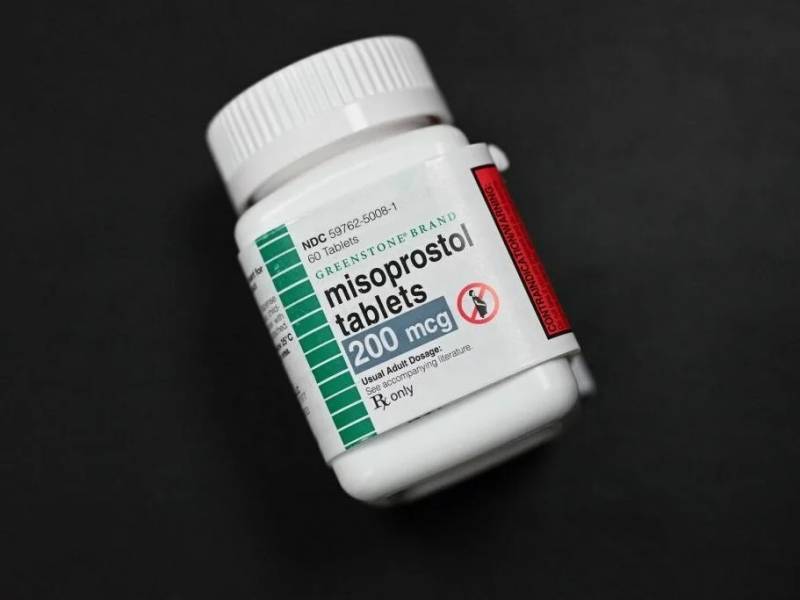On Friday, a federal judge in Texas ruled that the Food and Drug Administration didn’t properly approve a drug which has been on the market for more than 20 years in the U.S. for medical abortions. The drug in question, mifepristone, is used along with one other drug in most medication abortions in the U.S.
The fallout of the ruling could mean that mifepristone becomes unavailable in the U.S. in the near future, though the ruling is being challenged in court. Depending how legal battles play out and how the FDA responds, the effects of this ruling may apply only in certain states, or may indeed curtail mifepristone use around the country.
If this happens, doctors say they will continue to offer medication abortions without mifepristone, using only the other drug, misoprostol. Here’s what to know about how misoprostol-only abortions work, how safe they are and how patients would access them.
How does the single-drug protocol differ from the current standard of care which uses two drugs?
Most medication abortions in the U.S. currently use both mifepristone and misoprostol because patients experience fewer side effects when the medications are combined. A regimen involving both medications is also used for miscarriages.
But misoprostol alone can be used effectively for abortions — and is commonly prescribed in some countries.
“This regimen is still incredibly safe and effective,” says Dr. Kristyn Brandi, a New Jersey family planning specialist and spokesperson for the American College of Obstetricians and Gynecologists. “Medication abortion and miscarriage management will not go away with the loss of mifepristone, but it may look a little different.”
With the two-drug regimen, patients first take mifepristone — which blocks the hormone progesterone — to end the pregnancy. Patients then take misoprostol 24–48 hours later, which causes the uterus to expel the pregnancy tissue. Patients experience bleeding and cramping, and usually pass the pregnancy within four to six hours after taking the misoprostol.

